Introduction to Red Light Therapy
Red light therapy (RLT) is one of the types of light therapy and natural therapy, also known as photobiomodulation (PBM) and low-level light therapy. It is made up of concentrated wavelengths: red and near-infrared light (660-850 nm) light.RLT has the power to penetrate the skin tissue to induce photothermal and photobiological effects. The energy of the red light activates the mitochondria cells of the body, which facilitates the healing of the skin, muscle tissue, and other parts of the body.
There are various forms of photobiomodulation, such as LED light therapy and red laser therapy, but the light source, characteristics, and scope of applications distinguish them from each other. In recent years, many clinics and health centers around the world have introduced different types of red light therapy equipment due to their potential role in dealing with pain and inflammation and boosting overall mental and physical health.

Benefits of Red Light Therapy:
Clinical trials and scientific research have revealed the plethora of advantages of red light for improving the human body's health. Let's take a look at a few of them:
Skin Health
Enhancing skin texture is one of the most popular uses of red light therapy. Its effects include improving skin tone and reducing signs of aging (anti-aging), such as fine lines and wrinkles. Due to its collagen-enhancing properties, red light therapy can be used for many chronic skin conditions, such as sunburn, acne, eczema, psoriasis, rosacea, etc.
Reduces Inflammation
Red light increases microcirculation, which produces more anti-inflammatory molecules by boosting the immune system and reducing acute and chronic inflammation. Improved circulation also delivers more oxygen and nutrients to the injury site, which helps to minimize targeted organs such as stomach inflammation. It is best known for accelerating metabolism by energizing mitochondria, which in turn could promote stomach or gut health and help the body get rid of excess subcutaneous fat.
In addition, a red light therapy expert from Harvard Medical School, Dr. Michael R. Hamblin, supports the application of full-body RLT. According to his thorough research, it is safe, and maximum benefits could be achieved by whole-body RLT.
At-Home vs. Professional Red Light Therapy Treatments
| Aspect | Home-Usage RLT Devices | Professional RLT Equipment |
|---|---|---|
| Advantages |
Convenience Cost-effective Regular use Privacy Easy integration |
Higher intensity Wider Coverage Tailored Treatment Expert monitoring |
| Considerations |
Device-quality Intensity and Coverage Portability |
Cost Frequency Privacy concerns Scheduling |
Choosing the Right Equipment
To enjoy the maximum advantages, it is crucial to select red light therapy, either home or professional usage instruments, based on the following criteria.
- Safety first
Ensure the safety of your equipment by confirming its safety approval status to completely eliminate the risks of "explosion," "health hazards," and environmental threats. It should be approved and tested by regulatory bodies such as FDA, CE, FCC, and ETL for user safety, quality, and reliability.
- LED's Durability
Look for LED bulbs that are designed for long-term use and are shock and vibration-resistant.
- Power and Irradiance
It is vital to consider sufficient power output and irradiance devices because, usually, higher power and irradiance levels result in more rapid and effective treatments.
- Wavelengths Range
Opt for the devices that emit both red and near-infrared wavelengths (660-850 nm) as they are demonstrated to have therapeutic effects. The specific wavelength may depend on your intended use. There are portable small devices for the targeted area or full-body equipment for whole-body therapy.

Safe Practice Guidelines
- It is advised to start therapy with shorter sessions of 5-10 min to gauge skin sensitivity.
- Clean the area thoroughly when applying the device directly to the skin.
- Follow safety precautions according to the manufacturer's instructions, such as using protective eyewear, helmet, etc.
- Do not exceed the therapy's recommended dosage.
- Regularly inspect the equipment and facilities for any damage to ensure safety.
Step-by-Step Guide to Starting:
- Beginners should go for the short sessions, typically around 5-10 min. This allows the body to acclimatize with RLT. With time, you can gradually increase the session length.
- New users can go to 2-3 sessions per week but follow it consistently. You can adjust the frequency of RLT based on your outcomes.
- Choose a time of therapy that is flexible for you. Either morning or evening, both times of the day are suitable to achieve energy boost and relaxation.
Track Progress
- Keep a diary to track progress and any skin changes or improvements.
- Documenting the therapy progress will help you to assess the effectiveness of RLT for your specific needs.
Managing Expectations
Red light therapy works at cellular levels, accelerating natural processes that may not be very fast to produce desired results. The individual response can vary to RLT, but consistency and patience are important to achieve the maximum visible results.
Addressing Potential Dangers
Red light therapy devices' appropriate usage cannot directly cause any harm to the human body. As an emerging and effective treatment method, red light therapy has the advantages of safety, wide application, low trauma, high selectivity, and adjuvant treatment compared with pharmacological drugs. Remember, red light therapy devices are not a substitute for professional medical treatment to cure diseases. Still, they can help people who are medically powerless and relieve their physical and mental discomfort under healthcare professional supervision. Appropriate red light therapy dosage boosts people's visual health, mood, sleep, cognition, work efficiency, etc, to ensure a high quality of life. In case of any pre-existing condition, consult the doctor before using it.
Conclusion
Now you know the benefits of red light therapy, it's time to experience it for yourself! Research thoroughly about the safety of RLT device manufacturers and invest in quality products for the best experience. Don't forget long-term consistency is the key to seeing substantial outcomes from red light therapy.
References & Citations
[1] Glass G. E. (2021). Photobiomodulation: The Clinical Applications of the Low-Level Light Therapy. Aesthetic surgery journal, 41(6), 723–738. https://doi.org/10.1093/asj/sjab025
[2] Avci, P., Gupta, A., Sadasivaam, M., Vechio, D., Pam, Z., Pam, N., & Hamblin, M. R. (2013). LLLT in skin: stimulating, healing, restoring. Seminars in the cutenous medicine and surgery, 32(1), 41–52.
[3] Wunsch, A., & Matuschka, K. (2014). Controlled trial to determine the red and near-infrared light treatment efficacyin the patients;satisfaction, reduction of fine lines, wrinkles, skin roughness, and intradermal collagen density increase. Photomedicine and laser surgery, 32(2), 93–100. https://doi.org/10.1089/pho.2013.3616
[4] Modena, D. A. O., Soares, C. D., Martignago, C. C. S., Almeida, S., Cazzo, E., & Chaim, E. A. (2022). Effects of LED photobiomodulation therapy on the subcutaneous fatty tissue of obese individuals - histological and immunohistochemical analysis. Journal of the cosmetic and the laser therapy and official publication of the European Society for Laser Dermatology, 24(6-8), 84–90. https://doi.org/10.1080/14764172.2022.2109677
[5] Wu, Y., Deng, Y., & Huang H, (2021). Application of Low level light therapy LLLT for moderate to severe acne vulgaris: A systematic review and meta-analysis. Journal of cosmetic derma 20(11), 3498–3508. https://doi.org/10.1111/jocd.14369
Read More
- Red Light Therapy for Rosacea: Calming Redness and Irritation – BESTQOOL
- Choosing the Most Effective Red Light Therapy Bulb – BESTQOOL
- The Science Behind Red Light Therapy: How Does It Work? – BESTQOOL
- Red Light Therapy for Acne Scars: An In-Depth Analysis – BESTQOOL
- Rejuvenated, Younger-Looking Skin with Red Light Therapy – BESTQOOL
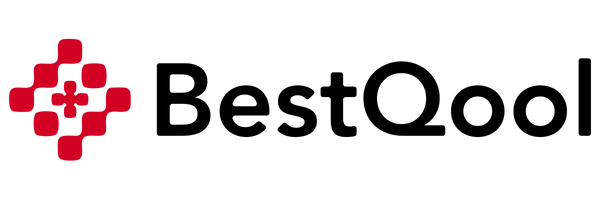


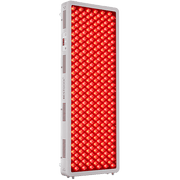







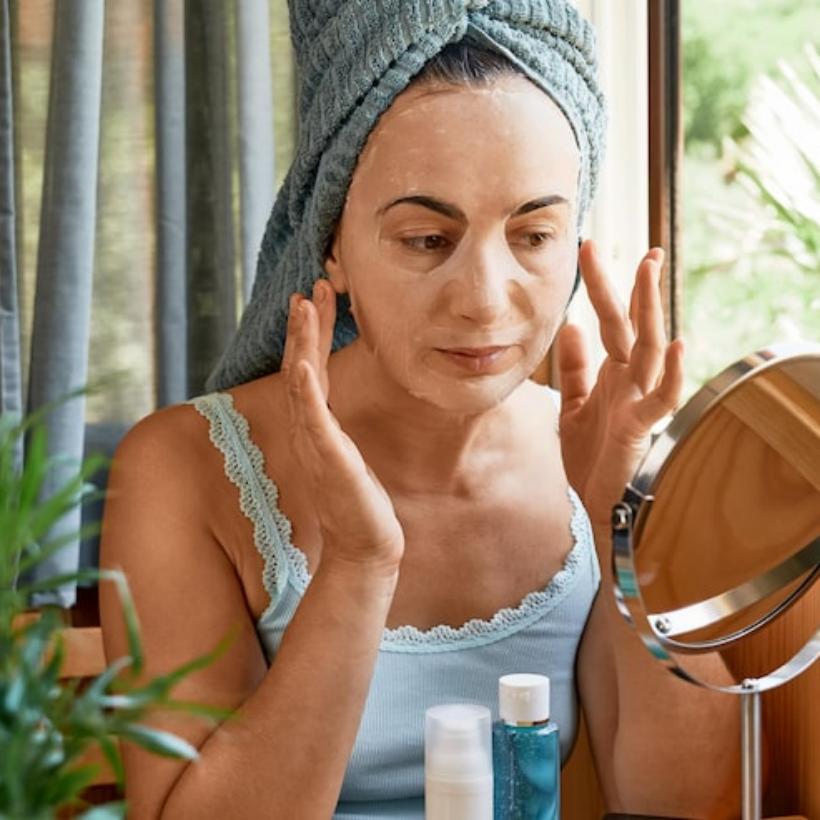
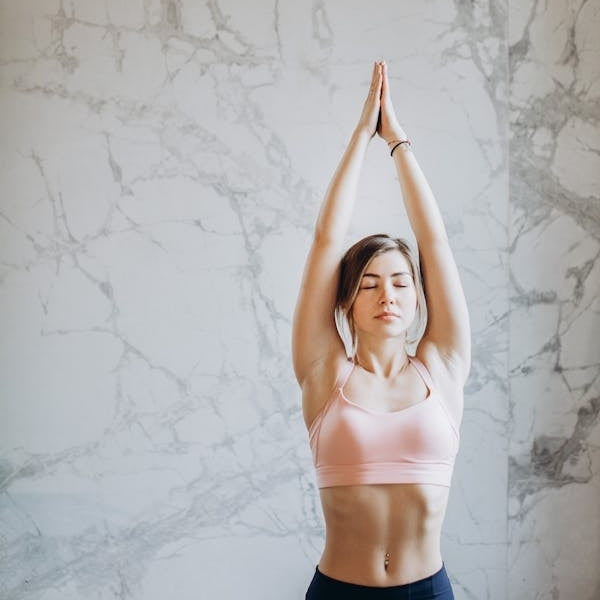
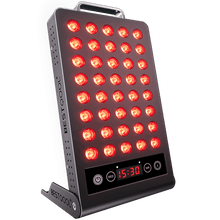
 Small
Small
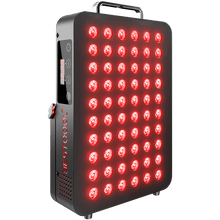
 Moderate
Moderate
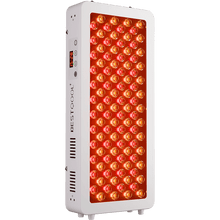
 Moderate
Moderate
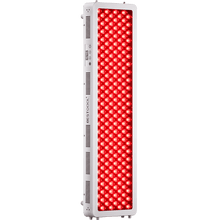
 Moderate
Moderate
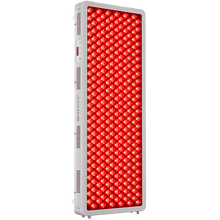
 Full
Full



